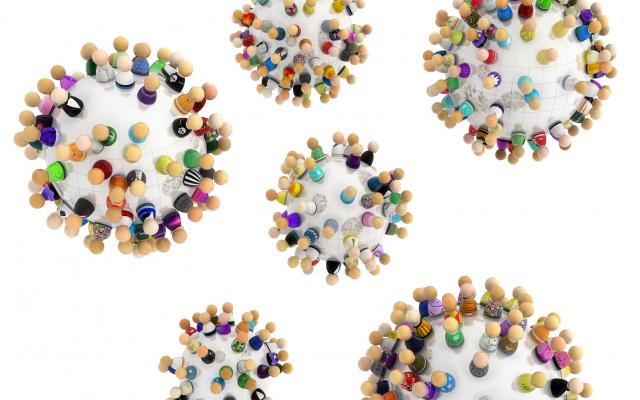Het doel van allogene beenmergtransplantatie (BMT) is ziek beenmerg van een patiënt te vervangen door gezond beenmerg van een donor. BMT werd bij de mens voor het eerst uitgevoerd in 1957 bij zes slachtoffers van een kernreactorongeval. Bij geen van de patiënten bleek er later ingroei of functie van het donorbeenmerg te zijn. In de erop volgende jaren werd, overigens zonder succes, bij ongeveer 200 patiënten een BMT verricht; slechts 1-2 van de patiënten overleefde de ingreep. Pas nadat dierexperimenteel onderzoek inzicht had verschaft in het belang en de methode van een goede voor- en nabehandeling, ontstond in de jaren zeventig een hernieuwde belangstelling voor BMT bij de mens. De in 1977 door Thomas et al. gepubliceerde gunstige resultaten bij 100 patiënten met acute leukemie overtuigden zodanig,1 dat nadien deze methode in een toenemend aantal centra werd ingevoerd en toegepast. Men schat dat over de hele wereld meer dan…
Allogene beenmergtransplantatie; het advies van de Gezondheidsraad

– A committee of the Netherlands Health Council concluded that allogeneic bone marrow transplantation is no longer an experimental treatment and advised the Minister of Health to recognize allogeneic bone marrow transplantation as an established effective treatment modality with well-defined indications. These conditions are patients under 45 years of age, who dispose of a HLA-compatible sibling donor and who are suffering from a severe congenital immune deficiency, an acute leukaemia in complete remission, a myelodysplastic syndrome, a chronic myelogenous leukaemia, a severe aplastic anaemia or a high grade malignant lymphoma. The committee calculated from the epidemiological data the numbers of patients indicated to be 24 children and 45 adults at present up to 35 children and 80 adults in 1990. Problems as acute and chronic graft versus host disease and associated infectious complications remain a major threat and ask for extensive clinical expertise. To prevent dissemination of knowledge and experience associated with marrow transplantation and considering the relatively small numbers of patients, the Council advised the Minister of Health to make a provision regulating that during the next five years one centre for children and three centres for adults should be permitted to perform this intensive therapeutic intervention.




Reacties